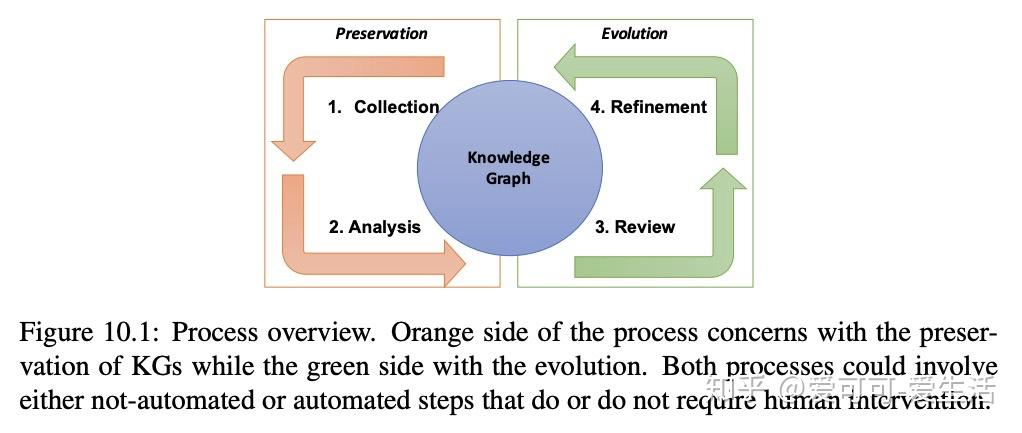Understanding the Differences: Installment Loan vs Revolving Loan
#### Installment Loan vs Revolving LoanWhen it comes to borrowing money, understanding the different types of loans available is crucial for making informed……
#### Installment Loan vs Revolving Loan
When it comes to borrowing money, understanding the different types of loans available is crucial for making informed financial decisions. Two common types of loans are the installment loan and the revolving loan. Each has its unique features, advantages, and disadvantages that cater to different financial needs and situations.
#### What is an Installment Loan?
An installment loan is a type of loan that is repaid over time with a set number of scheduled payments. This type of loan typically comes with a fixed interest rate and a predetermined repayment term, which can range from a few months to several years. Common examples of installment loans include personal loans, auto loans, and mortgages.
The key characteristic of installment loans is that borrowers receive a lump sum of money upfront and then make regular, equal payments until the loan is fully repaid. This predictability makes it easier for borrowers to budget their finances, as they know exactly how much they need to pay each month.

#### What is a Revolving Loan?
In contrast, a revolving loan offers a line of credit that borrowers can draw from as needed, up to a certain limit. Credit cards and home equity lines of credit (HELOCs) are common examples of revolving loans. Unlike installment loans, revolving loans do not have a fixed repayment schedule. Instead, borrowers can borrow, repay, and borrow again, as long as they stay within their credit limit.
With a revolving loan, borrowers are typically required to make minimum monthly payments, which can vary based on the outstanding balance. Interest rates on revolving loans can fluctuate, which means monthly payments can change, making budgeting a bit more challenging.
#### Key Differences Between Installment Loans and Revolving Loans

1. **Structure of Payments**: The most significant difference between installment loans and revolving loans is how payments are structured. Installment loans have fixed payments over a set period, while revolving loans allow for flexible payments based on the outstanding balance.
2. **Purpose**: Installment loans are often used for larger, one-time purchases, such as buying a car or a house. In contrast, revolving loans are more suitable for ongoing expenses or emergencies, as they provide immediate access to funds.
3. **Interest Rates**: Generally, installment loans have lower interest rates compared to revolving loans, particularly credit cards. This makes installment loans a more cost-effective option for borrowers who need to take out a significant amount of money.
4. **Credit Utilization**: Utilizing a high percentage of a revolving loan can negatively impact credit scores, whereas installment loans are viewed differently in credit scoring models. Responsible management of both types of loans can contribute positively to a borrower's credit history.

#### Conclusion
In summary, understanding the differences between installment loans and revolving loans is essential for effective financial planning. Each type of loan serves different purposes and comes with its own set of rules and regulations. By assessing your financial situation and understanding your borrowing needs, you can choose the loan type that best fits your requirements. Whether you opt for the stability of an installment loan or the flexibility of a revolving loan, making informed choices will help you manage your finances more effectively.